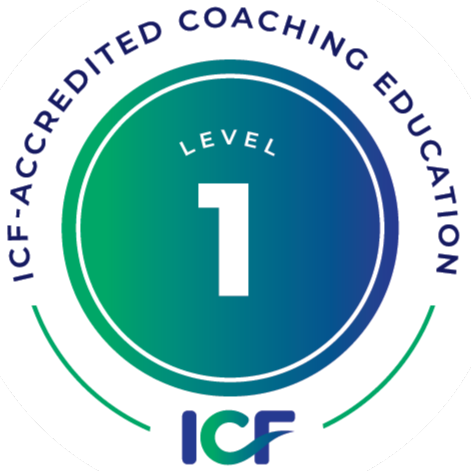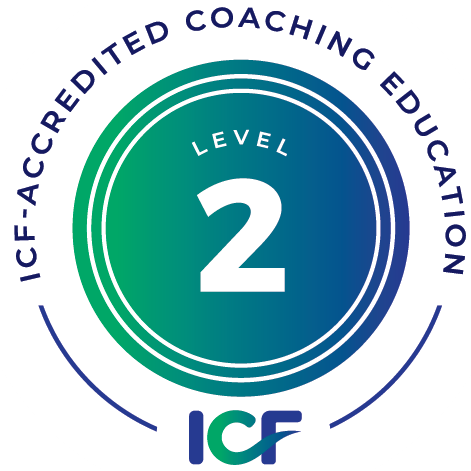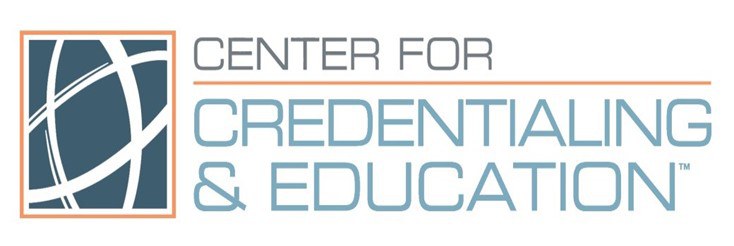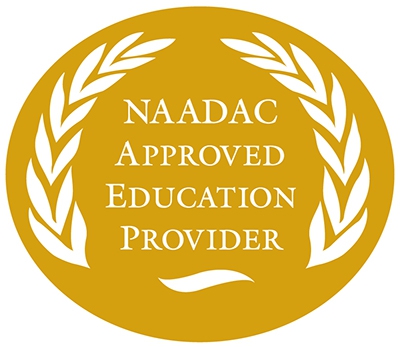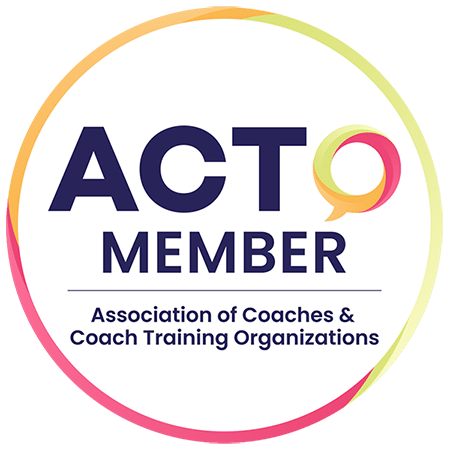
By: Elizabeth Saigal, Ph.D. CLC
Towards the end of the coaching conversation coaches can sometimes use the SMART acronym to bring the client even more clarity around their way forward. This acronym is now widely used across industries for project management and personal development following its introduction by George Duran in 1981.
My former Foundational instructors, Lynn Meinke, PCC and Lisa Kramer, PCC, developed an alternative to the standard interpretation of SMART to make it more appropriate for coaching clients. This posts looks at how their version compares to others with the lead words selected and the meaning assigned.
S stands for Specific
The aim is to identify a goal that is specific and clear cut and describe it explicitly.
In business settings, this involves being clear on what the outcome or accomplishment will be, why it is important or beneficial, who will be part of the process, and when and how it will occur or be constrained.
In coaching, the specifics are more internal and less external. The client should be directed to decide what the ultimate goals is for them personally and how the outcome ties in with who they are, their needs, and their values. They should be able to identify where they will go for resources and support as well as the framework for action they are setting themselves.
M stands for Measurable
The aim here is to identify a way to monitor progress and achievement.
In business, the outcome should have some criteria that can be measured so that you can quantify success and completion as well as keep motivated and on track. Since there is frequently a material product involved this can often be determined by the amount of output.
In coaching, there may not be a concrete item involved so the client may have to decide how quantify the quality of their experience. This could be through tracking their emotions or bodily responses, internal shifts, or simply by recording time invested.
A stands for Attractive
This is about the pull of the goal or the momentum behind getting it done.
In business, the ‘a’ often stands for achievable or attainable and refers to the realism of the goal in question. If the goal is too much of a stretch, or alternatively, falls below what is possible, then you have likely constrained your performance. If the goal is optimally framed for success, the charge at the growing edge brings its own reward and spurs better outcome. It is about the nitty-gritty of how it will get done.
In coaching, the goal should be positively represented and energizing. This is motivating and places the client in a place of integrity. It is not just about the achievement, but also how it allows them to express more of who they are. The imagined achievement of the goal itself provides some of the attraction. There is more of an emphasis on how the client will experience getting it done than on completing the goal for its sake alone.
R stands for Related to Vision
This is about choosing goals that really matter.
In business, these are the goals that contribute to the overall mission of the team, department, or organization. Does the effort or timing support the bottom line? Commercially this ‘r’ is more often referred to as relevant, or realistic.
In coaching, the goal should contribute in some way to your big picture or long term vision. How does this goal align with who you want to be? Anything else may simply be busy work that distracts from your progress.
T stands for Timeframe
This is about when action will be taken and completed.
In business, this is your deadline and may be legally binding. This provides commitment and accountability and prevents the goal being waylaid by other urgent work commitments. It also provides a framework for immediate and midterm action. The time required is often predicted by previous similar assignments. Other words applied here are time bound, time based, or time limited.
In coaching, this is more about setting the intention and committing to an exploration of what is possible. It is often the case that you don’t know what you don’t know. So, it can be challenging to estimate the time needed for a unique goal. It is useful to place a time frame around the most immediate steps and further discovering what the next steps might be. The calendar can be revisited as the client reduces the gap between the current situation and their ideal goal and learns more about what will be required of them for completion.
Overall, the application of SMART acronym in coaching serves the client’s personal mission and life purpose whereas in business the focus is on the company deliverables. This places a greater emphasis on the journey and client growth as compared to the final goals destination.
Reference: Doran, G. T. (1981). “There’s a S.M.A.R.T. way to write management’s goals and objectives”. Management Review. AMA FORUM. 70 (11): 35–36.
Resources : Lynn Meinke, PCC: CoachingServicesIntl@verizon.net; Lisa Kramer, PCC: lisa@livingwithintention.com.

Elizabeth Saigal is an ILCT Certified Life Coach. She offers Life Design Coaching for those intent on connecting with their inner truth and aligning with their intuition to live a life on purpose. You can connect with her and sign up to receive her Free Ten Step Life Design System at www.myspirecoaching.com
